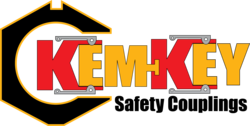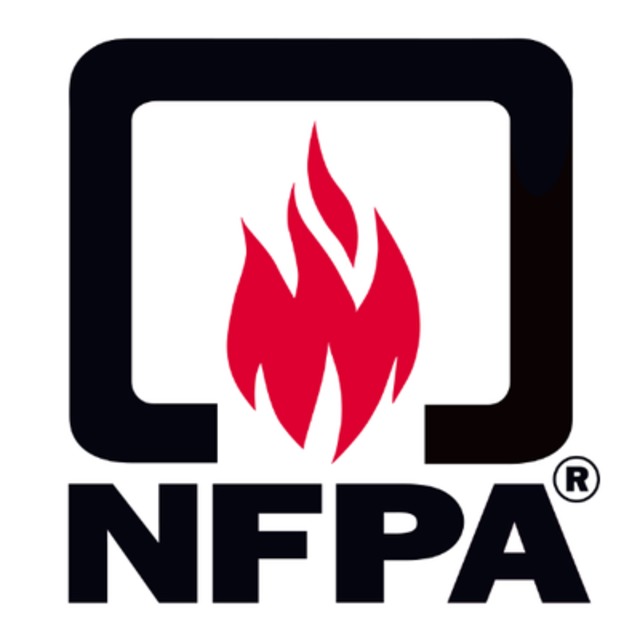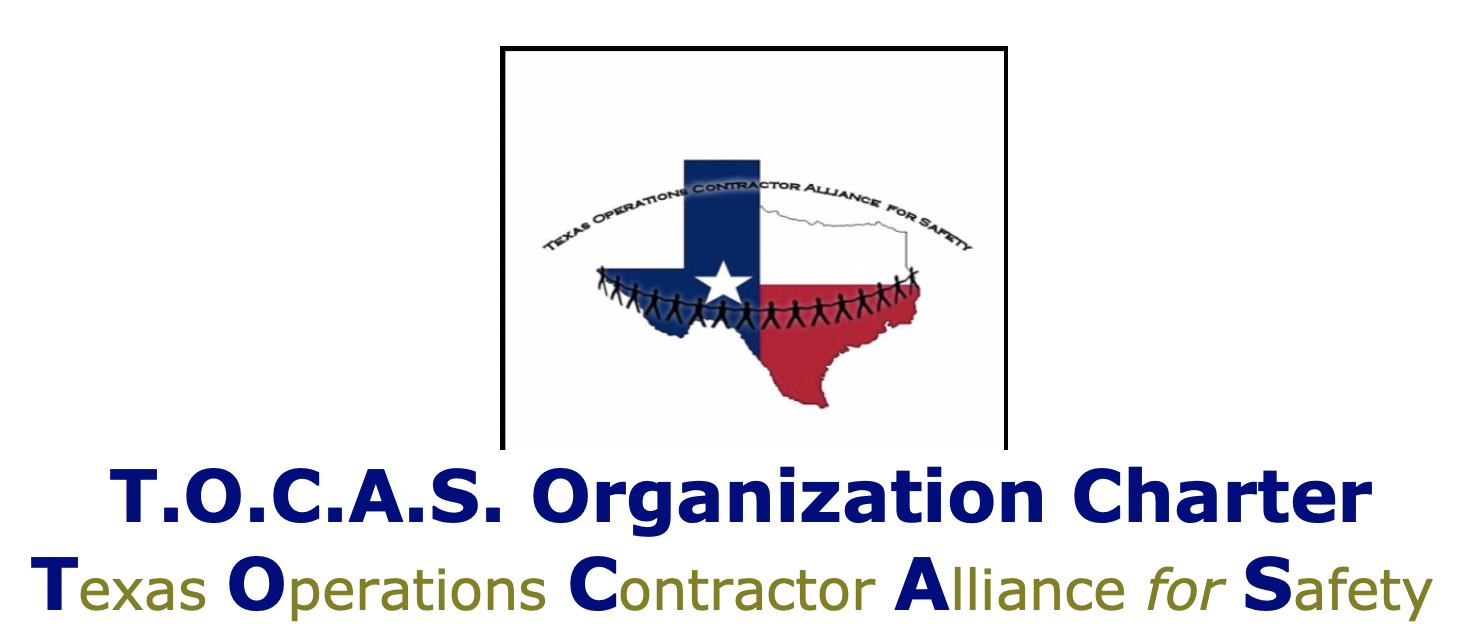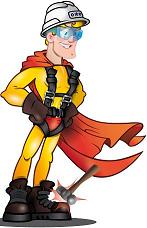Not a bad start for your HAZMAT Unloading/Loading hose safety program
Hose failures during the unloading/loading of HAZMATS are still causing many problems for far too many businesses. We have discussed the process side and the DOT container site engineering requirement for when the hose fails. This post is a list of requirements that we should be incorporating into our HAZMAT safety programs regarding the use of hoses. Each hose assembly used for transferring hazardous material must meet the following requirements: Membership Content
Lagging Indicators and Pizza Parties (Comedy Skit mocking this old approach)
This is one of my favorite videos to use in my SMS Training courses (with approval from HR). Some of the scenes are over-the-top fake graphic scenes, but they are so over-the-top that I hope adults can handle them. The video mocks Lagging Indicators and Pizza Parties, which most of us have come to recognize as ways to manage safety poorly. Unfortunately, this still happens in many workplaces (e.g., the Day Worked without Injury signs and rewarding workers with an actual "pizza party"). I am ALL FOR celebrating success in safety. Still, we do NOT celebrate LUCK or, worse yet, when we all know that incidents are occurring, but the bonus is too great to report them for fear of the injury making everyone ineligible for the "safety bonus". We most certainly must celebrate the hard work and participation in the Safety Process/SMS that garnered us our success. But we celebrate specific actions and exceeding our goals within the Safety Process/SMS metrics that got us X days/months/years without an injury. Anyway, enjoy the video, and REMEMBER, there is some over-the-top fake graphic content that I hope does not distract us from the message. Afterall, this was a comedy skit done by some rising comedians (you will recognize them!) If a business has gone 75 years with never having bounced a check, then how is it this same business can't go two weeks in 2024 without an OSHA recordable?
Once again, a great friend and former colleague invited me to discuss safety and culture at his new workplace with his C-Suite team. As usual, he was spot on in his thinking about safety. He has been with this organization for nine months and has recognized that in those nine months, every aspect of the business has been discussed, except... Yep, Safety! This is a publically traded company but family-run. My colleague was hired after the son of the founder retired last year, and the board decided it was time for new leadership. He is part of this new leadership as the VP of Operations. I have mentioned this friend before in my writings as we go way back to my early days, and he was always supportive of my passion for safety and sort of took me under his wing and became a mentor and then a friend who I have had the great pleasure of working with for years now. He is a real leader in safety, even though he is a ChemE and always in operational roles. But he could teach my Process Safety courses with one arm tied behind his back! The CFO opened the door to my visit when he mentioned that they had to increase their WC reserves (as they are self-insured). This increase was substantial, and he wanted to know how this could be fixed. So, since it was the CFO who was complaining about the cost of injuries and increased reserves, my friend wanted me to come and use the "bounced check" analogy so this "family member" could get a glimpse of safety management 101, something he had never heard of or even imagined in his wildest dreams. Most of you have heard my "bounced check" safety analogy as it relates to "lagging indicators" (e.g., metrics) and how a business would have to be out of its mind to measure the financial health of the business by only counting bounced checks. Yet when it comes to safety metrics, many are just fine with measuring OSHA recordable rate, as if this is a viable sole metric to reflect the health and strength of a safety process/SMS. In this story, you will learn my other angle of how I get the C-Suite to recognize just how lost they are when it comes to managing their #1 mission - Safety. Let me set the stage for how this went down: Cincinnati Styrene RCar event (Simplified Explanation)
The simple explanation of what is happening... Styrene (Stabilized) is shipped with an "inhibitor." This inhibitor is TIME and TEMPERATURE dependent. Should the inhibitor expire and/or the solution exceed its safe temperature, the inhibitor weakens, and the Styrene will begin to polymerize (chemical reaction), which is an EXOTHERMIC reaction with "run-away" potential. This means the reaction can generate a lot of heat and ultimately cause the catastrophic failure of the container. Imagine a snowball the size of a baseball being rolled down the side of a mountain. As it rolls down the hill, it gets bigger and bigger, which causes it to go faster and faster. At some point, we can no longer stop this snowball; however, if we can get in front of this snowball early, we have a chance of preventing it from reaching the bottom of the mountain. When and where that point is has many factors, some of which are in the control of the responders and some which are NOT. As the Styrene solution heats up, it increases its volatility, which increases the vapor pressure within the container. The pressure relief valve on the container will lift to relieve this increased pressure, releasing the Styrene vapor (which is almost 1.5 times heavier than air).This is what we are seeing in the video below. The "catastrophic risk" in this scenario is the catastrophic failure of the container (a railcar in this event), as the polymerization reaction can generate temperatures that exceed the container's Maximum Allowable Working Temperature (MAWT) due to the heat generated within the container. |
Partner Organizations I am proud to announce that The Chlorine Institute and SAFTENG have extended our"Partners in Safety" agreement for another year (2025) CI Members, send me an e-mail to request your FREE SAFTENG membership
Member Associations
|













